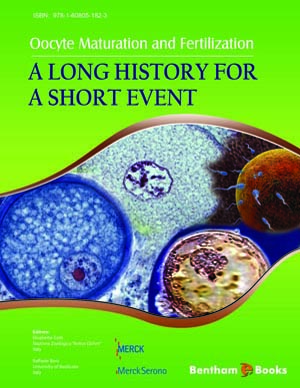Abstract
SHS investigation development is considered from the geographical and historical viewpoint. 3 stages are described. Within Stage 1 the work was carried out in the Department of the Institute of Chemical Physics in Chernogolovka where the scientific discovery had been made. At Stage 2 the interest to SHS arose in different cities and towns of the former USSR. Within Stage 3 SHS entered the international scene. Now SHS processes and products are being studied in more than 50 countries.
Abstract
Full oocyte competence is the indispensable requisite for embryonic development and, at present, no ways are known to restore competence if, for any reason, it has been even slightly compromised. The same is not true for sperm cells that can initiate and sustain development even if severely abnormal or damaged as long as the DNA is intact. This points clearly to the uneven burden carried by the two gametes and indicates clearly the essential role of the oocyte. Parthenogenesis is the obvious consequence of such disparity with a number of lower species capable of giving birth to new individuals without any paternal contribution. Mammals are an exception to the rule due to epigenetic mechanisms limiting the parthenotes developmental potential. However, the blastocyst stage is easily reached and parthenogenetic stem cells can be generated whose differentiation potential seems to be much wider than that of whole parthenotes. Switching perspective, we move from stem cells originated from oocytes to oocytes originated from stem cells. Since embryonic stem cells can colonize the germ cell lines when chimeras are generated, it was not so surprising that oocytes can be obtained from stem cells. Although there is still a long way to go before full competence is reached it clearly opens the way to the hypothesis of having an unlimited source of oocytes. Finally, a recent and highly controversial set of results suggests that oocytes are not in such a limited supply as it is generally believed but post-natal oogenesis takes place at a surprisingly high rate.
Recommended Chapters
We recommend

Authors:Bentham Science Books


 Download PDF Flyer
Download PDF Flyer



